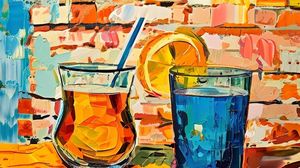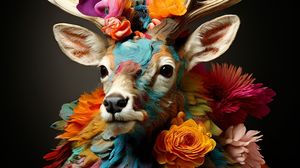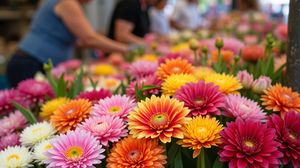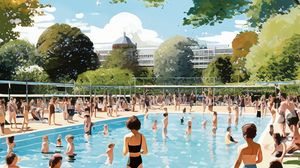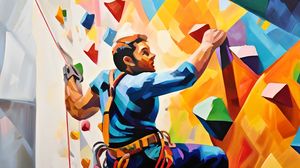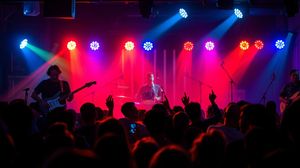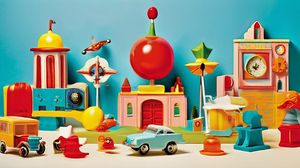
The V&A Museum of Childhood in Bethnal Green, London, is a fascinating destination dedicated to the art, education, and culture of childhood. As part of the Victoria and Albert Museum family, it showcases a remarkable collection of childhood-related objects, including toys, dolls, dolls' houses, games, and costumes that span from the 16th century to the present. The museum was opened in 1872, making it a historical landmark in its own right.
The building itself is an architectural gem. Originally designed as the Bethnal Green Museum, it was visited by Queen Mary in 1923, who donated several royal items enhancing its collection. It was rebranded as the Museum of Childhood in the late 20th century, reflecting its specific focus and broad appeal to both adults and children.
One of the museum's quirkiest features is its collection of early optical toys. These fascinating gadgets, like zoetropes and magic lanterns, showcase how visual entertainment and storytelling were explored before the age of digital screens. It's a delightful look back at DIY entertainment technologies that captivated audiences in their time.
The museum is renowned for its thematic, temporary exhibitions that regularly change, ensuring there is always something new to discover. These exhibitions range from displays on nostalgic toys from bygone eras to thought-provoking installations about contemporary childhood issues, thereby offering an engaging experience for visitors of all ages.
Another intriguing aspect is the museum's role as a community hub, regularly holding workshops and events for families and schools. This commitment to education and community makes it more than just a museum; it's a living part of the neighborhood, continuously contributing to the local culture and beyond.
A beloved feature of the museum is the wide array of dolls' houses, some of which date back to the Victorian era. These miniature architectures provide not only a glimpse into historical interior design but also tell tales of domestic life across different classes and times, captivating children and adults alike with their intricacy and detail.

Making the Most of Your Visit:
When visiting the V&A Museum of Childhood, make sure to start your journey up on the first floor. It gives you a great overview of the museum's layout and you can plan which sections you want to dive deeper into.
Don't miss the opportunity to interact with the exhibits. The museum is designed to be hands-on, especially in the sensory play areas. It's not just for kids, adults can have a go too!
Check out the museum's programming before you go. They often have special workshops or storytelling sessions that can add an extra layer of enjoyment to your visit. Details are usually on their website or social media.
Explore the collection of dolls' houses carefully. Each one has so much detail and tells a different story about the era it represents. Look out for the miniaturized versions of everyday items—it's like a time capsule.
Keep an eye out for the temporary exhibitions. They rotate frequently, and these can offer a fresh and unique perspective on childhood that might be different from the regular exhibits.

Visiting Times & Costs:
As of now, the V&A Museum of Childhood in Bethnal Green, London, is temporarily closed to the public for a major redevelopment project. This revamping is set to transform the museum into a leading cultural destination focused on childhood experiences and historical narratives.
The museum is expected to reopen in 2023, but visitors should check for updates to confirm the exact reopening date and any changes that might affect access and visits.
When the museum reopens, it is anticipated that it will maintain its tradition of free entry, similar to many other UK museums. However, there may be charges for special exhibitions or certain events.
Accessibility is a key concern for the museum, and it generally provides facilities such as wheelchair access, accessible toilets, and lifts when open. They also offer assistance for visitors with disabilities, but it's advisable to confirm the available facilities closer to the time of your visit once it reopens.

Address & Map:

Nearby:

